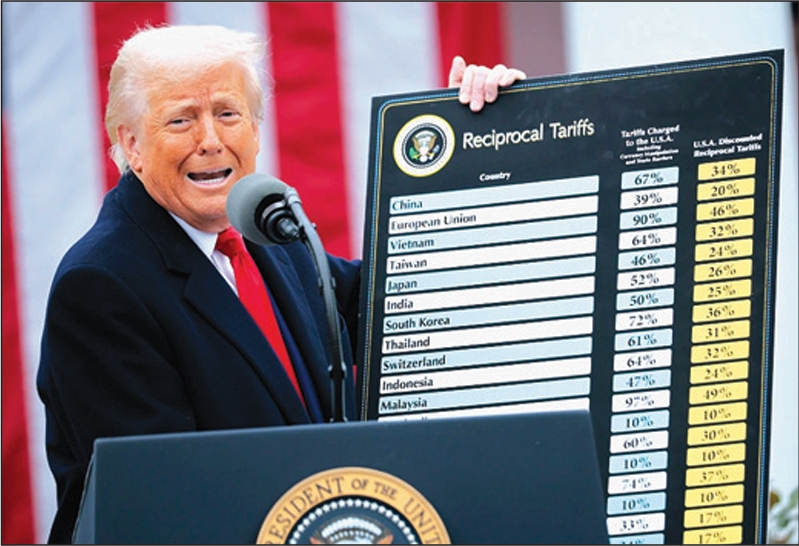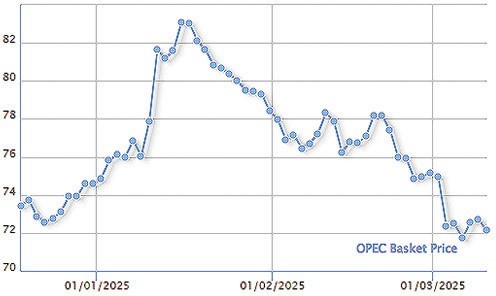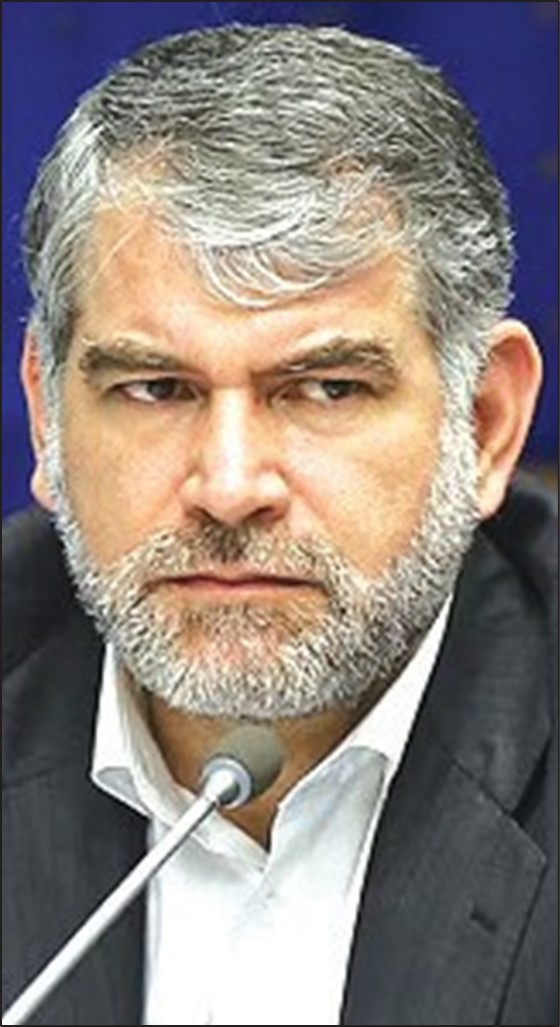April 01 2025
Published reports in the Middle East say Saudi Arabia has long been secretly declaring the end of Ramadan based on astronomical calculations and not, as it reports, on the physical sighting of the new moon.
At the same time, the Islamic Republic says it uses physical sightings of the new moon—but they are always a day later than Saudi Arabia and a day later than the actual start of the new moon, prompting suspicions that Iran wants a Shiite lunar month that is different from the Sunni lunar month.
Most importantly, that sighting determines the date of Eid-e Fitr, the primary holiday of the Islamic world, which fell at the end of March this year.
Adding to the curious political cast given a simple matter of sighting the moon, a Kurdish news outlet now reports that Iraqi Shiite politicians who adhere to Iranian policies this year forced Sunni leaders in Iraq to break with their tradition of using Saudi Arabia’s announcement of the end of Ramadan and instead forced the use of Iran’s announcement. Kurdistan24 reported that the Sunnis had already declared March 30 as Eid-e Fitr but hours later caved to the pressures and announced the holiday would actually be on March 31, as per Iran.
Kurdistan24 said Iranian-backed officials in Baghdad ordered the closure of Sunni mosques across the country on March 30 so congregational prayers could not be held that day. Instead, Kurdistan24 reported, “Thousands of Iraqi Sunnis took to the streets in protest, conducting Eid prayers outside closed mosques.”
Kurdistan24 further said, “What should have been a celebration of faith turned into a stark reminder of Iran’s tightening grip on Iraq’s political and religious institutions.”
Religious authorities have for centuries required the sighting of the sliver of light from the crescent of the new moon to mark the end of one month and the start of the next. Cloudy weather and storms often mean the crescent could not be sighted on the day that astronomers say the crescent will appear, delaying the start of the new month by a day. For most months this does not matter. But the end of Ramadan and the start of Shawwal sets the time for Eid-e Fitr.
Saudi Arabia insists it acts on the basis of physical sightings of the new moon’s crescent. But astronomers said that this year the new moon would be so low on the horizon and would set in Mecca too soon after the sun sets to be visible.
That point was made all too clearly when His Majesty’s Nautical Almanac Office in London published a statement saying the new moon would not be visible in the UK—or in Saudi Arabia—on the astronomical day of the new moon ending Ramadan. The UAE-based International Astronomy Center made a similar announcement. That didn’t impact the Saudi announcement of the sighting, however.
Imad Ahmed, director of the New Crescent Society in Great Britain, told Middle East Eye, “We have noticed that Saudi are very willing to produce moon-sightings which are scientifically impossible. They do so regularly and we can predict them because they mostly match the Umm al-Qura calendar, which doesn’t match lunar visibility. The same two or three moon sighters in specific locations in Saudi claim to see the moon every year. No one else makes the claim.”
He noted that Turkey also marks the start of the new month on the basis of the astronomical calculation. “But they’re transparent,” Ahmed said. “They don’t claim they’ve seen the moon, like Saudi do. They’re clear about what their formula is.”
Some, but not all, countries accept the Saudi announcement for their own scheduling of Eid-e Fitr.
The fact that the new crescent was not visible this year exposed the Saudi acceptance of the astronomical beginning of the new month regardless of any sighting. But it also raised the question of why Iran routinely sights the new crescent a day later than Saudi Arabia. Do Iranians have uniquely poor eyesight, or is the Islamic Republic intentionally trying to be different than Saudi Arabia?























